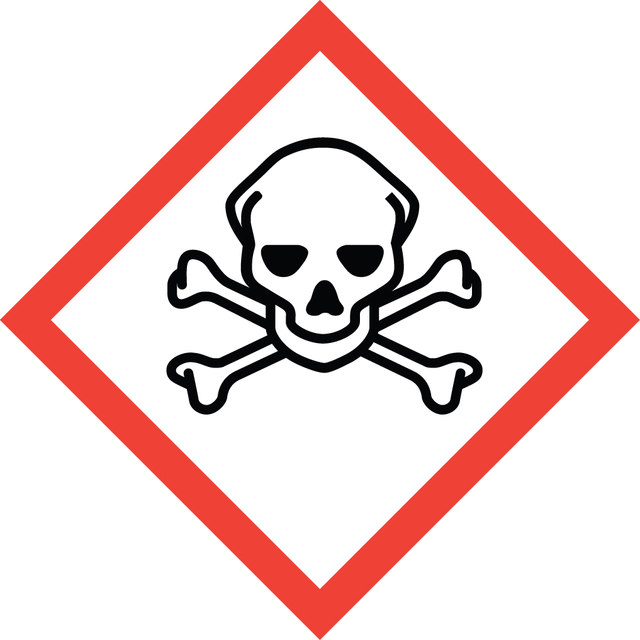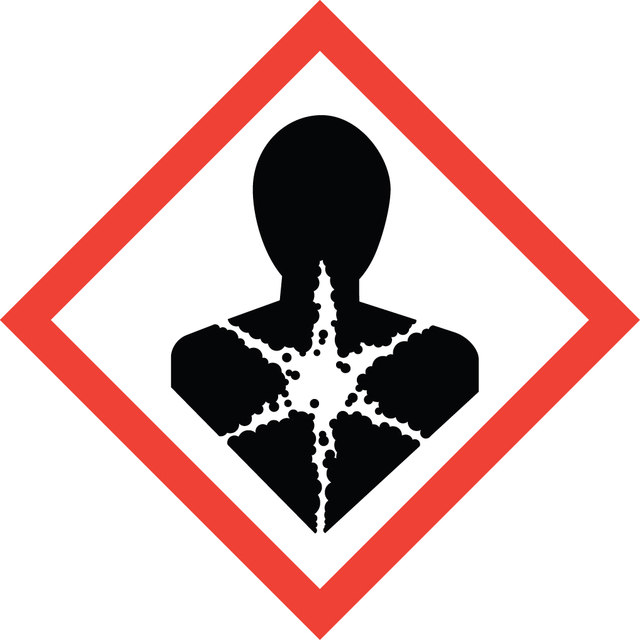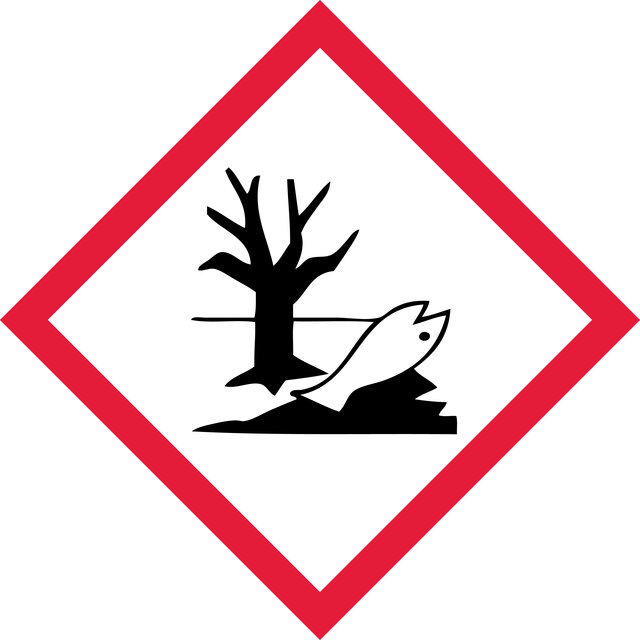Select a Size
About This Item
Product Name
Cadmium, granular, 30-80 mesh, ≥99%
Quality Level
Assay
≥99%
form
granular
reaction suitability
core: cadmium
reagent type: catalyst
resistivity
7.27 μΩ-cm, 22°C
particle size
30-80 mesh
bp
765 °C (lit.)
mp
320.9 °C (lit.)
density
8.65 g/mL at 25 °C (lit.)
SMILES string
[Cd]
InChI
1S/Cd
InChI key
BDOSMKKIYDKNTQ-UHFFFAOYSA-N
Looking for similar products? Visit Product Comparison Guide
Related Categories
General description
- nickel-cadmium battery electrodes
- plastic, ceramic, and glass pigments
- polyvinyl chloride (PVC) stabilization against light and heat
- engineering coatings for steel and other nonferrous metals
- a component of several specialized alloys.
Application
Signal Word
Danger
Hazard Statements
Precautionary Statements
Hazard Classifications
Acute Tox. 2 Inhalation - Aquatic Acute 1 - Aquatic Chronic 1 - Carc. 1B - Muta. 2 - Repr. 2 - STOT RE 1
Storage Class Code
6.1B - Non-combustible acute toxic Cat. 1 and 2 / very toxic hazardous materials
WGK
WGK 3
Flash Point(F)
Not applicable
Flash Point(C)
Not applicable
Personal Protective Equipment
Regulatory Information
Choose from one of the most recent versions:
Already Own This Product?
Find documentation for the products that you have recently purchased in the Document Library.
Our team of scientists has experience in all areas of research including Life Science, Material Science, Chemical Synthesis, Chromatography, Analytical and many others.
Contact Technical Service

